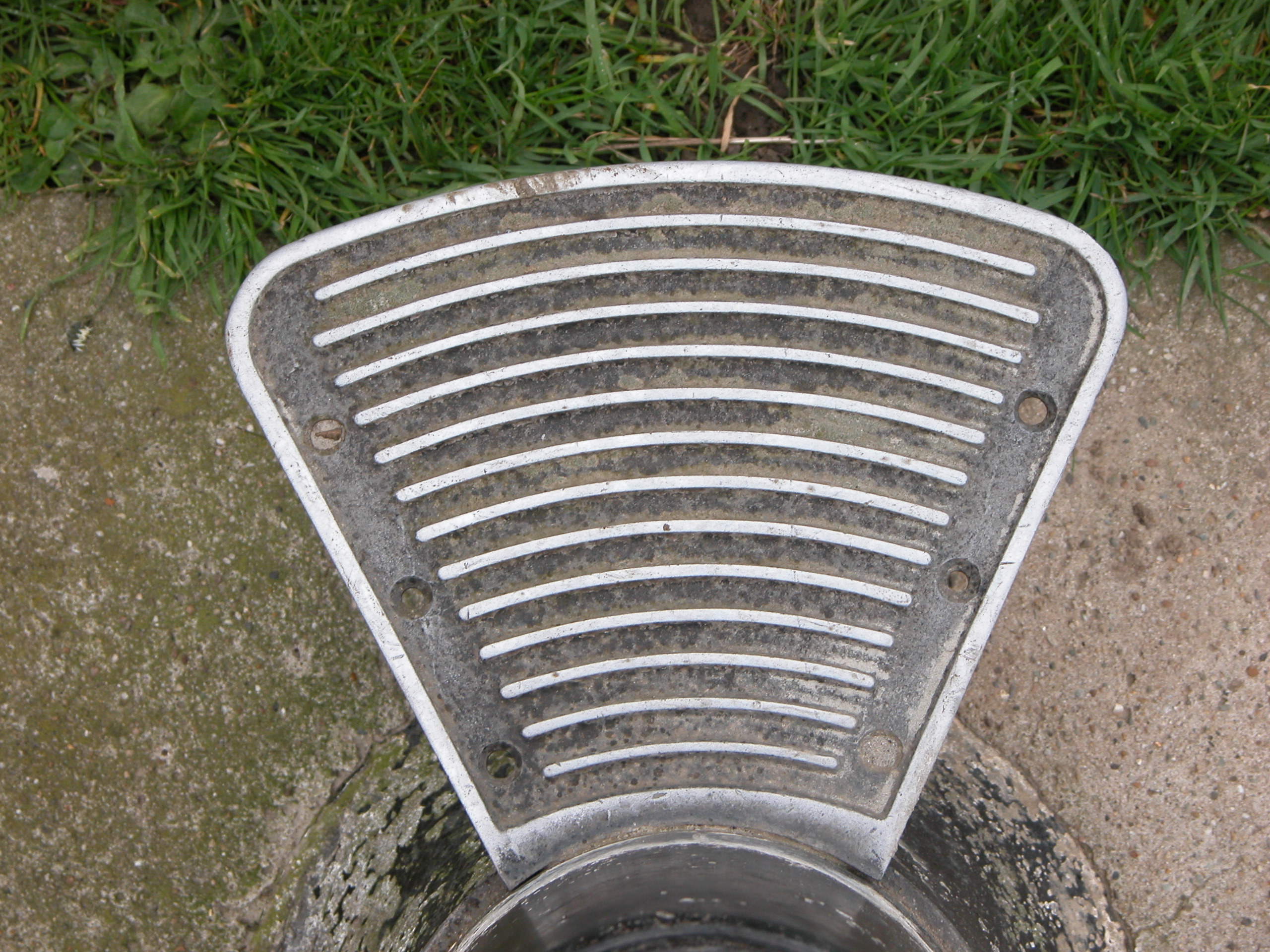Waterproof & Dustproof Sealing Solutions
In harsh operational environments, unprotected holes in equipment become gateways for contaminants. Rubber hole plugs provide critical defense against moisture, particulates, and chemical attacks. This guide reveals how advanced sealing designs extend asset lifespan across manufacturing, energy, and marine sectors.
 1. Engineering Scenarios Demanding Rubber Hole Plugs
1. Engineering Scenarios Demanding Rubber Hole Plugs
A. Electrical Enclosures Protection
Challenge: Prevent IP rating degradation in outdoor control panels
Solution: Silicone plugs with 360° compression seal (IP68 validated)
Case: Telecom base stations reduced corrosion-related failures by 63% using UV-resistant EPDM plugs
B. Automotive Manufacturing
Pain Point: Metal shavings entering assembly line tooling ports
Application: Magnetic rubber hole plugs with quick-release tabs
Data: 22% faster tool changeovers achieved in BMW’s Leipzig plant
C. Offshore Infrastructure
Threat: Saltwater intrusion into ship bulkhead penetrations
Innovation: Dual-material plugs (EPDM core + neoprene coating)
Certification: DNV-GL marine compliance for 25+ year service
2. Technical Breakdown: Why Modern Hole Plugs Outperform
A. Material Science Advancements
Material Temperature Range Key Strength Ideal Use Case
Nitrile (NBR) -30°C to 100°C Oil resistance Hydraulic machinery
Fluorosilicone -55°C to 200°C Fuel/acid tolerance Aerospace components
Conductive EPDM -40°C to 130°C ESD protection Electronics manufacturing
B. Structural Innovations
Tapered Flange Design:
30% higher retention force vs. standard plugs
Tool-free installation/removal
Micro-Groove Surface:
Prevents capillary water ingress (tested per MIL-STD-810G)
C. Compliance Milestones
Fire Safety: UL 94 V-0 rating for oil/gas facilities
Food Grade: anti vibration pads FDA 21 CFR 177.2600 compliant plugs
3. Selection Protocol for Optimal Performance
Step 1: Environmental Audit
Checklist:
Continuous UV exposure → Carbon-black infused compounds
Cyclic temperature swings → Thermal-stabilized silicones
Abrasive dust → Shore A 70+ hardness plugs
Step 2: Dimensional Precision
Critical Metrics:
Hole Diameter: Measure with go/no-go plug gauges
Panel Thickness: Determines plug stem length
Tolerance: ±0.3mm for press-fit applications
Step 3: Lifecycle Costing
Cost Drivers:
Reusability (50+ insertion cycles for premium plugs)
Maintenance frequency reduction (ROI calculator available)
4. Case Study: Wind Turbine Durability Upgrade
A North Sea wind farm replaced nylon hole plugs with corrosion-resistant rubber variants:
Problem: Salt corrosion caused 18% annual failure rate
Solution:
Conductive EPDM plugs with zinc-coated brass inserts
Pressurized salt spray test: 3000hrs zero corrosion
Outcome:
Maintenance intervals extended from 6 to 24 months
LCOE (Levelized Cost of Energy) reduced by 9%
Pro Tip: For painted surfaces, use low-compression force plugs to prevent coating damage during installation.
Conclusion
From waterproof rubber hole plugs guarding offshore rigs to dustproof designs in semiconductor cleanrooms, modern sealing solutions combine precision engineering with extreme environmental resistance. Partnering with certified suppliers ensures access to tested, traceable components that meet global operational standards.

